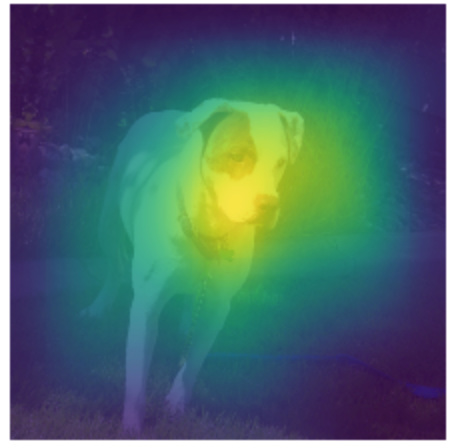Hey, if useful I implemented Grad-CAM using fastai 1.0; allows to see which parts of the image are “used” by the network to make a prediction. It’s a variation on CAM using averaging with gradients.
This might also be interesting to some of you because it has gradient/backward hooks as well as the output_hooks.
Example result:
